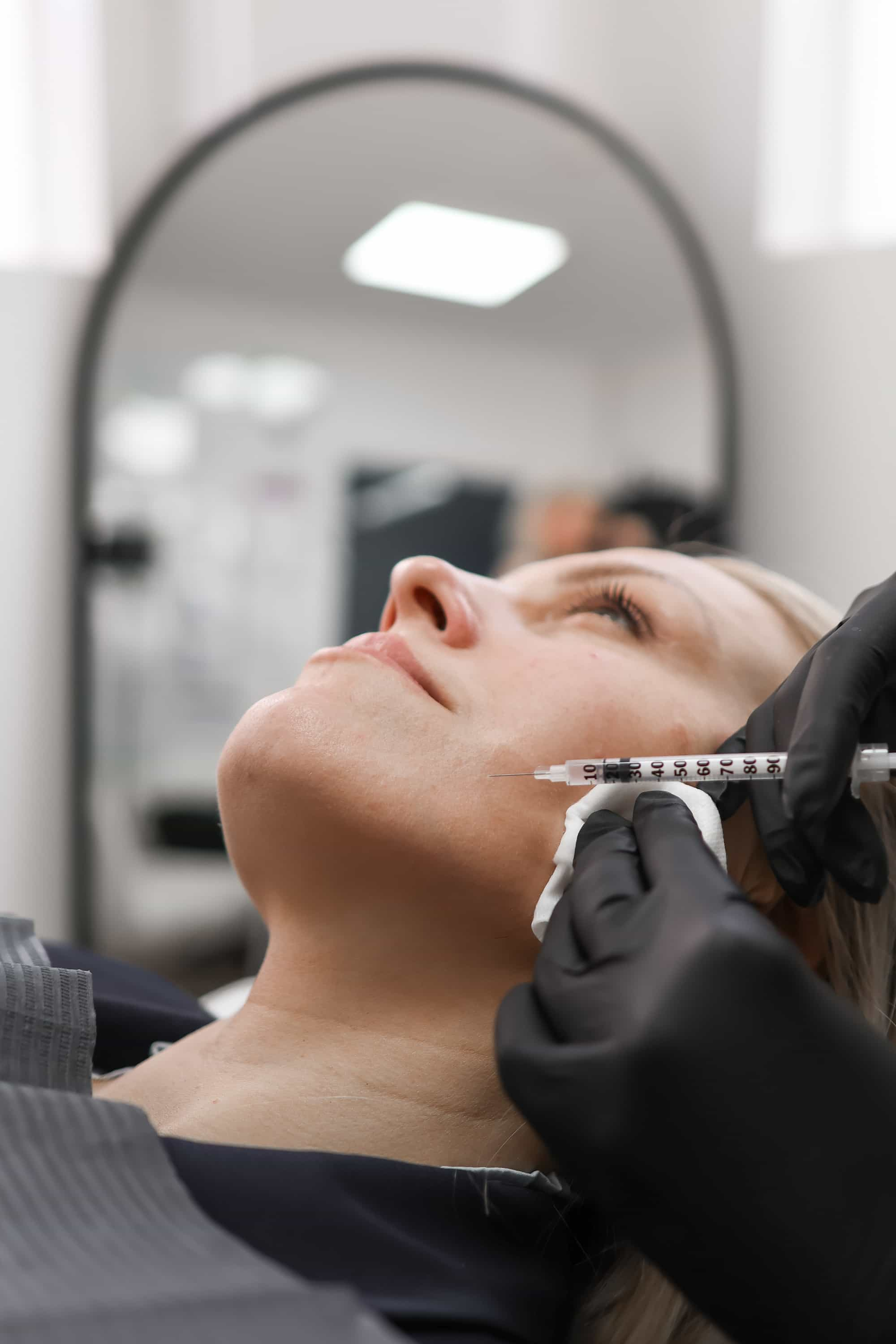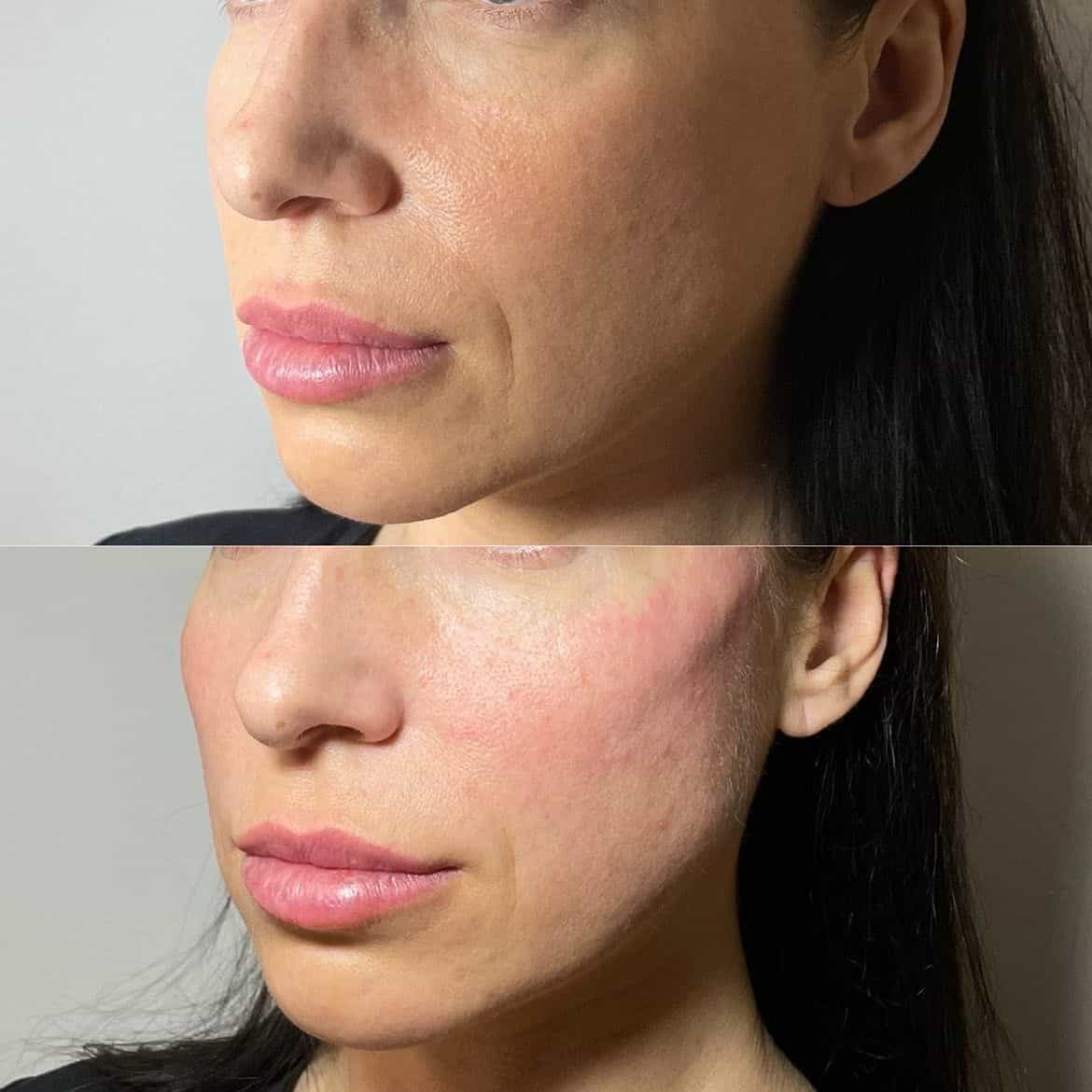How Long Does It Take To Recover From A Downturned Smile Treatment
May 16, 2025
Healing Timeline

Understanding the healing timeline after a downturned smile treatment is crucial for setting realistic expectations and ensuring proper care. Recovery varies depending on individual factors such as the severity of the issue, the specific treatment used, and overall health. This guide provides insights into the typical recovery process, addressing key stages and milestones along the way.
Immediate Post-Treatment
Immediately following a downturned smile treatment, it’s common to experience some swelling, bruising, and discomfort around the treated area. These symptoms are generally mild and manageable with over-the-counter pain relievers and cold compresses. You may also have temporary numbness or tingling sensations.
It’s important to follow your doctor’s instructions regarding post-treatment care, such as maintaining oral hygiene practices and avoiding certain activities like strenuous exercise or vigorous mouth movements for a specified period.
First Week
During the first week after treatment, you’ll likely continue to experience swelling and bruising, which gradually subside over time. The discomfort should also lessen as the initial inflammation resolves. It’s normal to have some tenderness around the treated area and sensitivity to hot or cold temperatures.
You may notice some changes in your bite or feel a slight pressure on your teeth as they adjust to the repositioning. It’s important to continue following your doctor’s post-treatment instructions regarding oral hygiene, diet, and activity restrictions to promote optimal healing.
Second to Fourth Weeks
As you enter the second through fourth week after downturned smile treatment, healing progresses significantly. Swelling and bruising will have substantially reduced or disappeared altogether. The initial discomfort and tenderness also decrease considerably, allowing for a return to more comfortable daily activities.
You may still experience some lingering sensitivity to hot or cold temperatures, but it should be less pronounced than in the early weeks. Your bite will continue to adjust, and you’ll notice a gradual improvement in your smile appearance as the repositioned teeth settle into their new positions.
One Month Onward
One month after downturned smile treatment, you’re generally well on the road to recovery. Most swelling and bruising have subsided, leaving behind only minimal tenderness or sensitivity. You should be able to eat a wider variety of foods without discomfort, and your bite should feel more natural as teeth continue to adjust.
At this stage, you’ll likely see significant improvement in your smile appearance, with the repositioned teeth settling into their new positions. While some subtle adjustments may still occur over the following months, the major changes will be visible by this point. It’s important to continue maintaining good oral hygiene and follow any remaining post-treatment instructions from your doctor to ensure optimal healing and long-term results.
Factors Affecting Recovery Time
The length of recovery after a downturned smile treatment varies depending on several factors. Severity of the issue, the chosen treatment method, and the individual’s overall health all play a role in determining the healing timeline.
Surgical Technique
Understanding the healing timeline after a downturned smile treatment is crucial for setting realistic expectations and ensuring proper care. Recovery varies depending on individual factors such as the severity of the issue, the specific treatment used, and overall health.
Several factors can influence recovery time from downturned smile treatment:
- Severity of the Downturned Smile: More severe cases may require longer healing times due to more extensive tissue manipulation or corrective procedures.
- Treatment Method: Different techniques, such as orthodontic appliances, surgery, or Botox injections, have varying recovery periods.
- Individual Factors: Health conditions, medications, age, and lifestyle can affect healing speed.
Individual Healing Speed
Several factors can influence recovery time from downturned smile treatment:
- Severity of the Downturned Smile: More severe cases may require longer healing times due to more extensive tissue manipulation or corrective procedures.
- Treatment Method: Different techniques, such as orthodontic appliances, surgery, or Botox injections, have varying recovery periods.
- Individual Factors: Health conditions, medications, age, and lifestyle can affect healing speed.
Understanding the healing timeline after a downturned smile treatment is crucial for setting realistic expectations and ensuring proper care. Recovery varies depending on individual factors such as the severity of the issue, the specific treatment used, and overall health.
Overall Health
Recovery time from a downturned smile treatment can vary significantly based on several key factors. The severity of the downturn is crucial, with more pronounced cases often requiring longer healing periods due to greater tissue manipulation or corrective procedures involved.
The chosen treatment method also plays a significant role in determining recovery time. Orthodontic appliances, like braces or Invisalign, typically involve a longer treatment duration and recovery period compared to surgical interventions or Botox injections.
Individual health and lifestyle factors can also influence healing speed. Overall health conditions, medications, age, and lifestyle choices such as smoking and diet can all impact the body’s ability to recover effectively.
Tips for Optimizing Recovery
Understanding the recovery process after a downturned smile treatment is essential for setting realistic expectations and ensuring proper healing.
Diet and Nutrition
Recovery time from a downturned smile treatment varies depending on factors like severity, treatment method, and individual health. While most people experience significant improvement within a few weeks, complete healing can take several months.
Optimizing recovery involves prioritizing rest, managing pain and swelling with over-the-counter medications and cold compresses as directed by your doctor, and diligently following post-treatment instructions regarding oral hygiene.
Diet plays a crucial role in supporting healing. During the initial stages, focus on soft, bland foods that are easy to chew and digest. Gradually introduce more solid foods as tolerated, avoiding anything too hard or chewy. Staying hydrated is also essential for tissue repair and overall well-being.
Nutrition is key for optimal recovery. Ensure adequate intake of protein, vitamins (especially C and D), and minerals (calcium, iron) to support cell growth and tissue regeneration. Lean proteins, fruits, vegetables, whole grains, and dairy products are excellent choices.
Avoid smoking and excessive alcohol consumption as these can hinder healing and increase the risk of complications. Getting enough sleep is crucial for allowing your body to repair and recover effectively.
Remember, individual healing timelines differ. Communicate openly with your doctor about any concerns or questions you may have throughout the recovery process.
Rest and Sleep
Optimizing recovery after a downturned smile treatment involves several key strategies.

Prioritize rest to allow your body time to heal and repair tissue. Manage pain and swelling as directed by your doctor, usually with over-the-counter medications and cold compresses.
Meticulously follow post-treatment instructions regarding oral hygiene to prevent infection and promote healing.
Diet plays a crucial role in supporting recovery. Initially, focus on soft, bland foods that are easy to chew and digest.

Gradually introduce more solid foods as tolerated, avoiding anything too hard or chewy.
Staying hydrated is essential for tissue repair and overall well-being.
Ensure adequate intake of protein, vitamins (especially C and D), and minerals (calcium, iron) to support cell growth and tissue regeneration.
Lean proteins, fruits, vegetables, whole grains, and dairy products are excellent choices.
Avoid smoking and excessive alcohol consumption as these can hinder healing and increase the risk of complications.
Getting enough sleep is crucial for allowing your body to repair and recover effectively.
Ice Packs and Elevation
Optimizing recovery after a downturned smile treatment involves several key strategies. Prioritize rest to allow your body time to heal and repair tissue. Manage pain and swelling as directed by your doctor, usually with over-the-counter medications and cold compresses.
Meticulously follow post-treatment instructions regarding oral hygiene to prevent infection and promote healing. Diet plays a crucial role in supporting recovery. Initially, focus on soft, bland foods that are easy to chew and digest.
Gradually introduce more solid foods as tolerated, avoiding anything too hard or chewy.
Staying hydrated is essential for tissue repair and overall well-being. Ensure adequate intake of protein, vitamins (especially C and D), and minerals (calcium, iron) to support cell growth and tissue regeneration.
Lean proteins, fruits, vegetables, whole grains, and dairy products are excellent choices.
Avoid smoking and excessive alcohol consumption as these can hinder healing and increase the risk of complications.
Getting enough sleep is crucial for allowing your body to repair and recover effectively.
Ice packs and elevation are valuable tools for managing swelling in the treated area. Apply ice packs wrapped in a towel to the affected site for 15-20 minutes at a time, several times a day during the initial stages of recovery.
Elevate your head while sleeping and whenever possible to reduce fluid accumulation and minimize swelling.
Medications and Pain Management
Optimizing recovery after downturned smile treatment involves prioritizing rest, managing pain and swelling, and following post-treatment instructions carefully.
Over-the-counter pain relievers like ibuprofen or acetaminophen can help manage discomfort. Cold compresses applied to the treated area can also reduce swelling.
It’s important to stick to a soft food diet initially, gradually incorporating more solid foods as tolerated.
Staying hydrated is crucial for tissue healing and overall well-being.
Discover innovative treatments for downturned smiles at It’s Me & You Clinic.
- Retinol Peel Near Leigh, Surrey - November 2, 2025
- Retinol Peel Near Albury, Surrey - November 1, 2025
- Redensity 1 Skin Booster Treatments Near Littleton, Surrey - October 29, 2025
